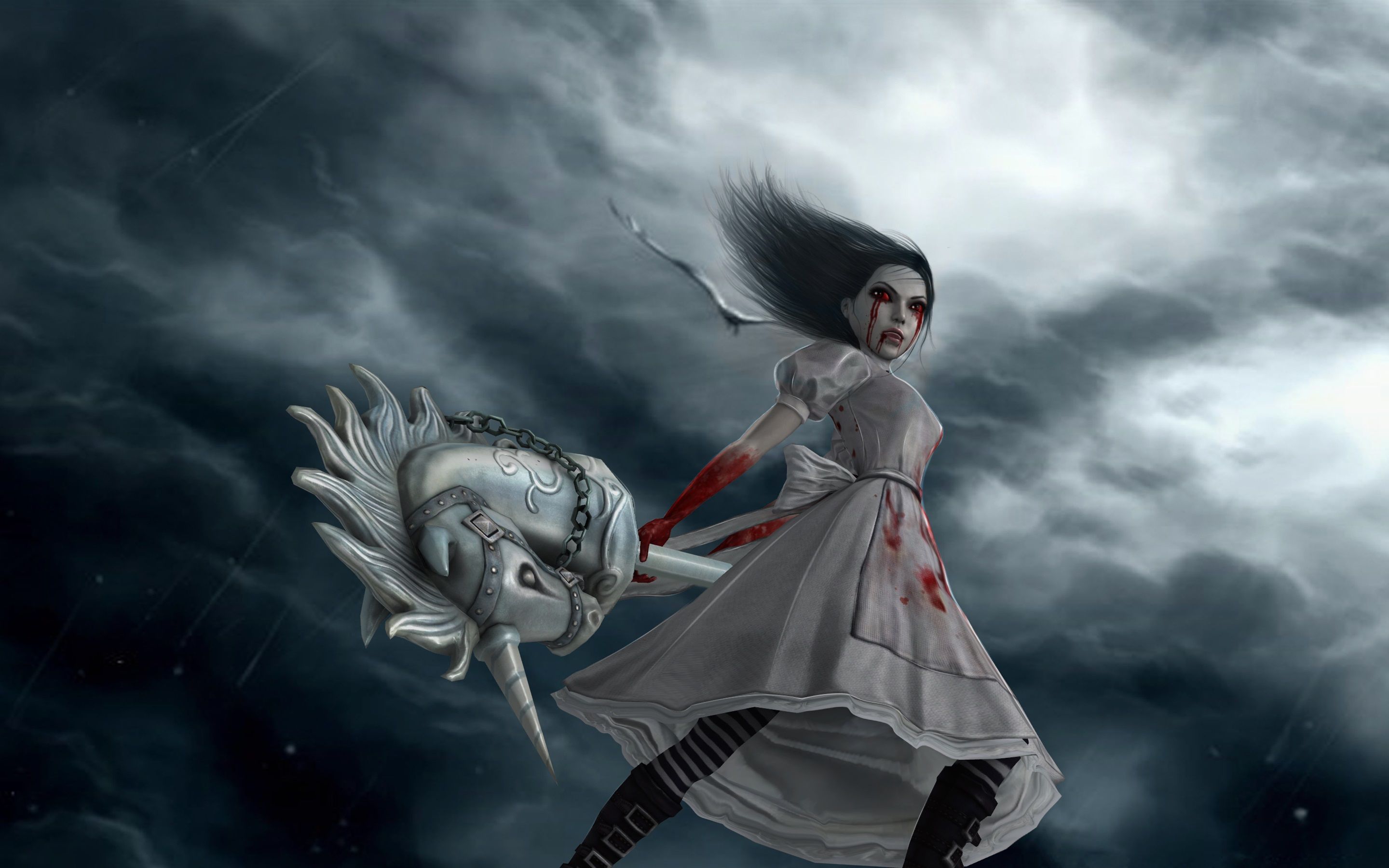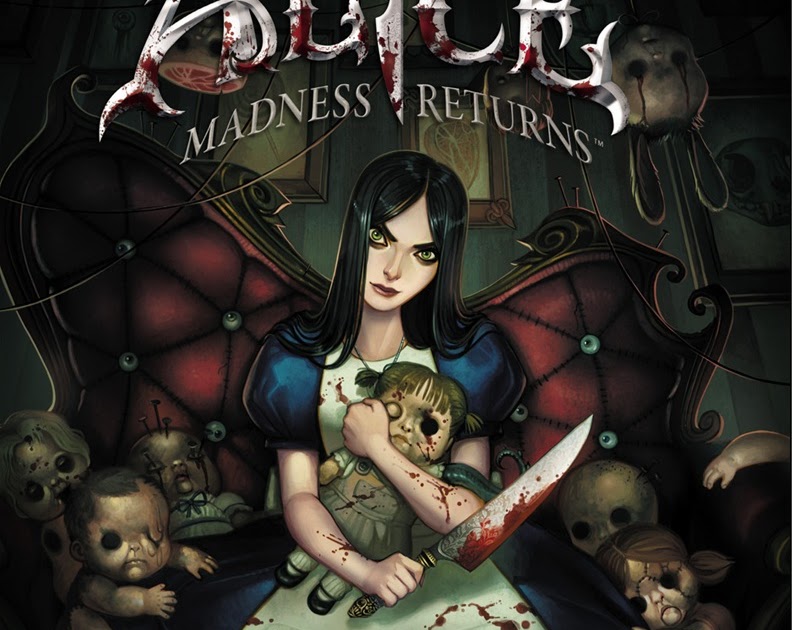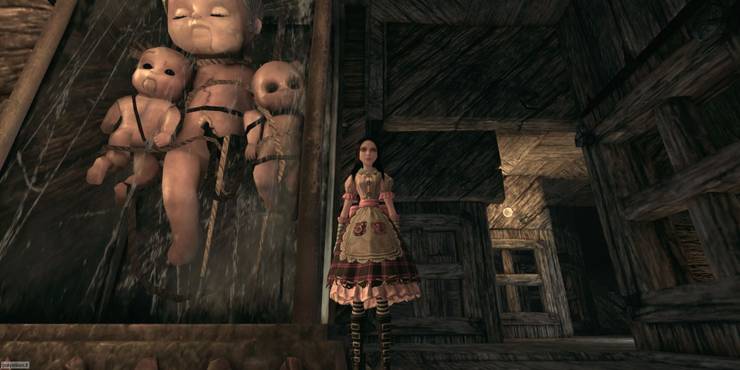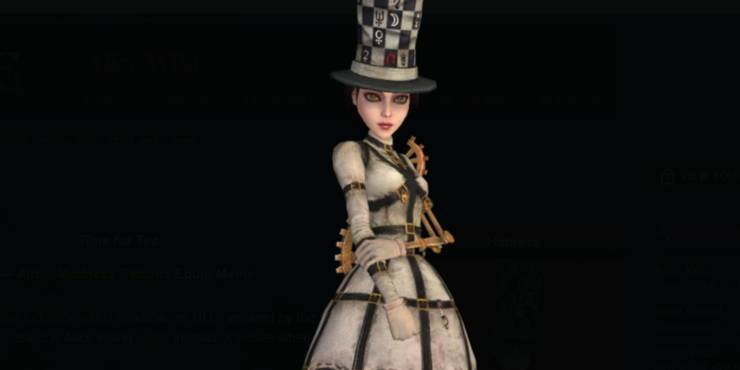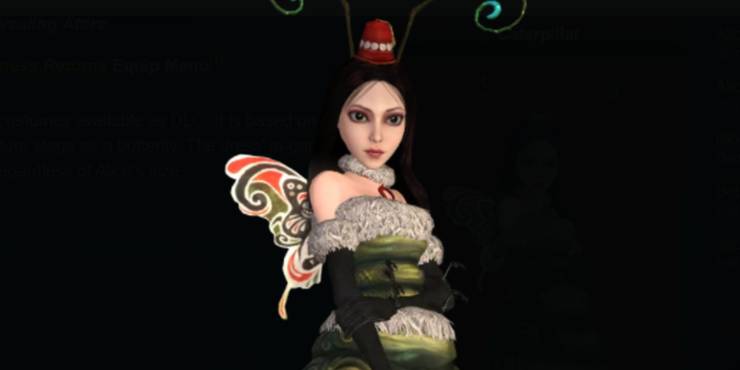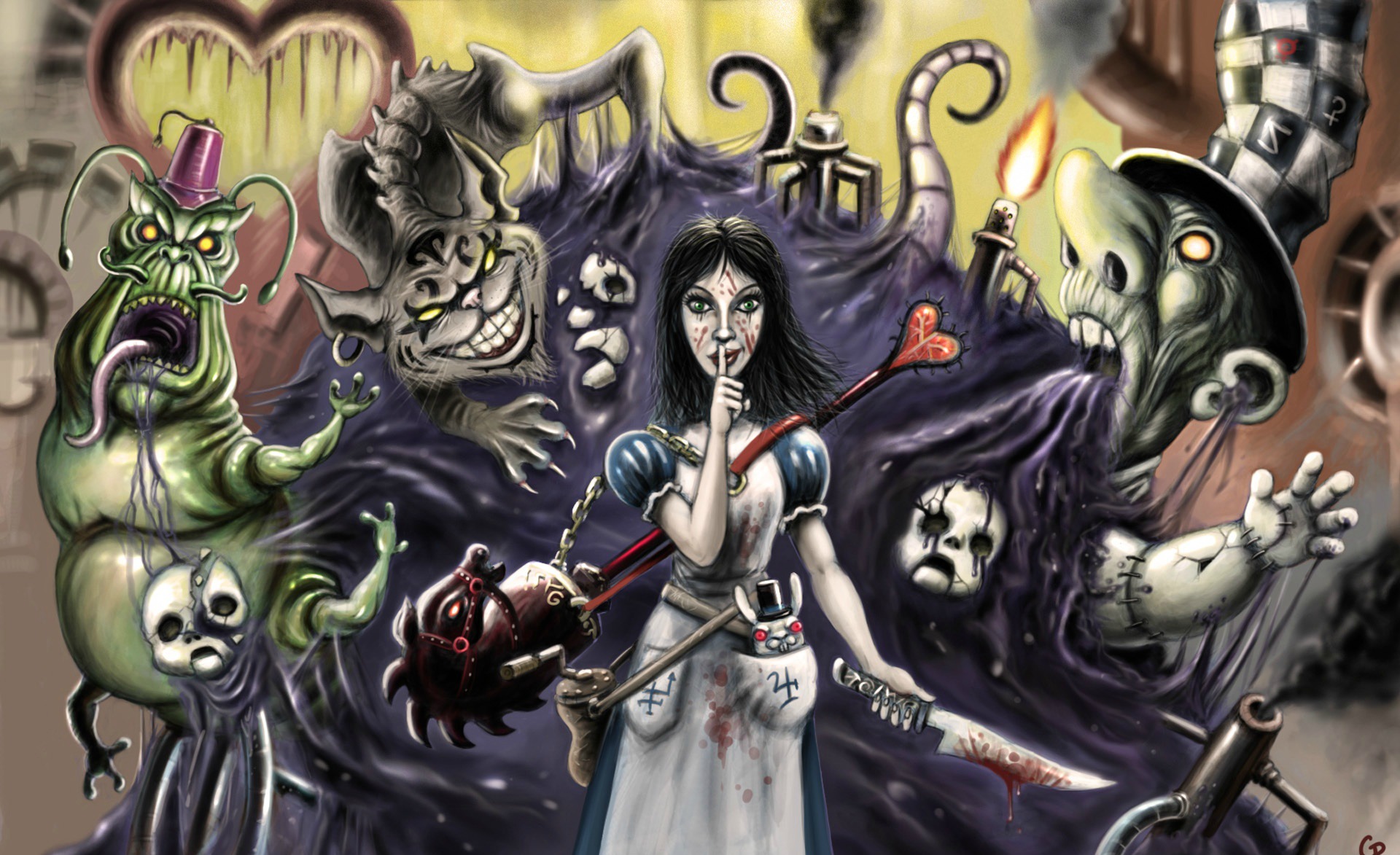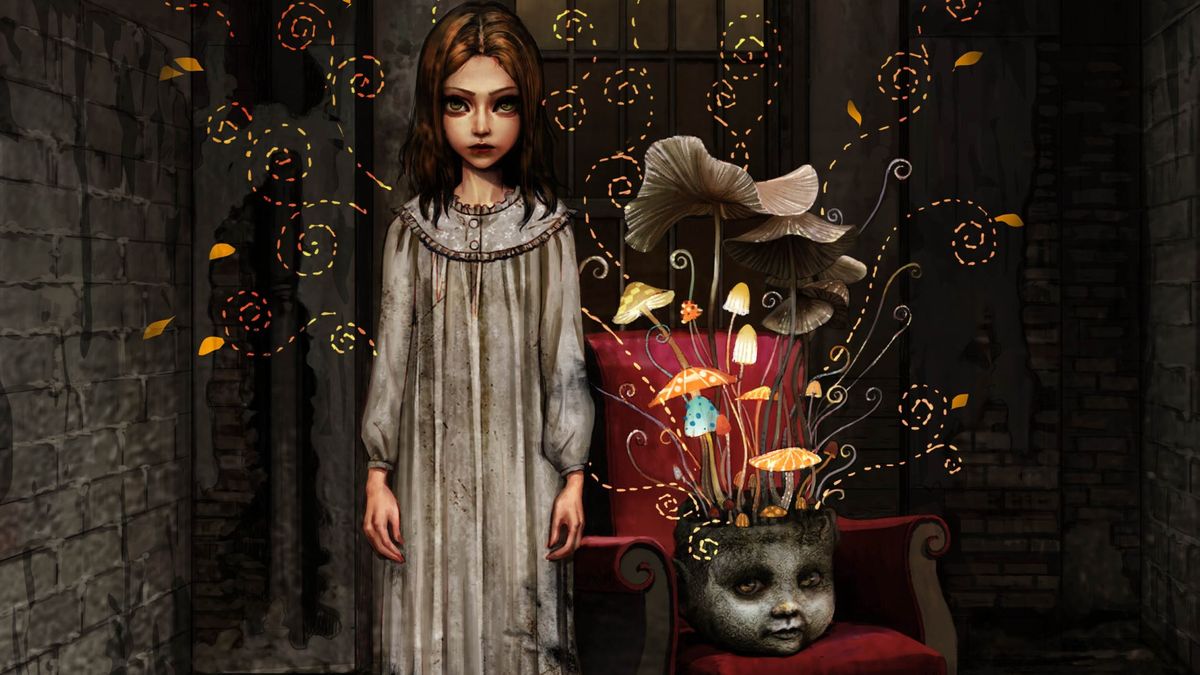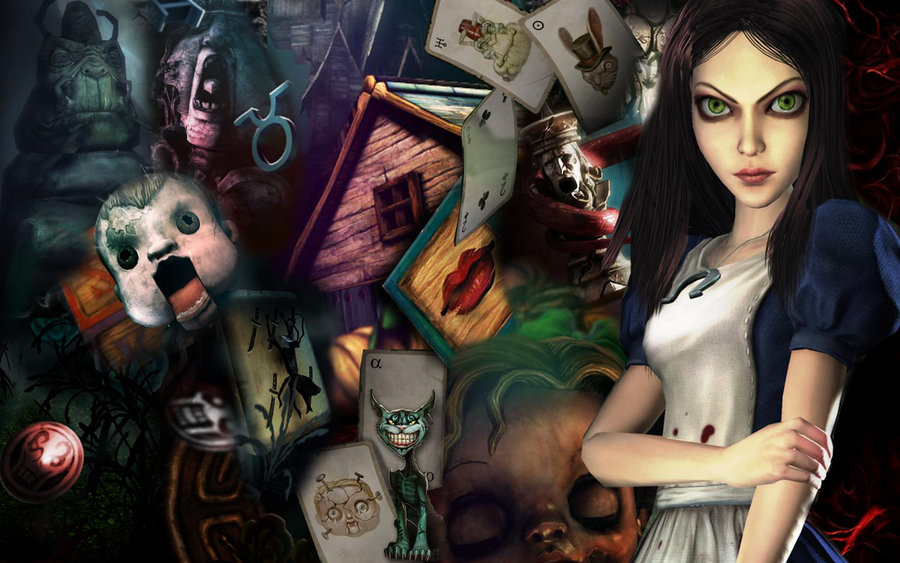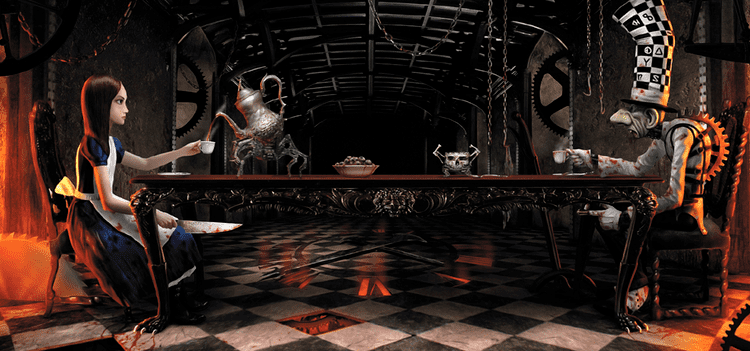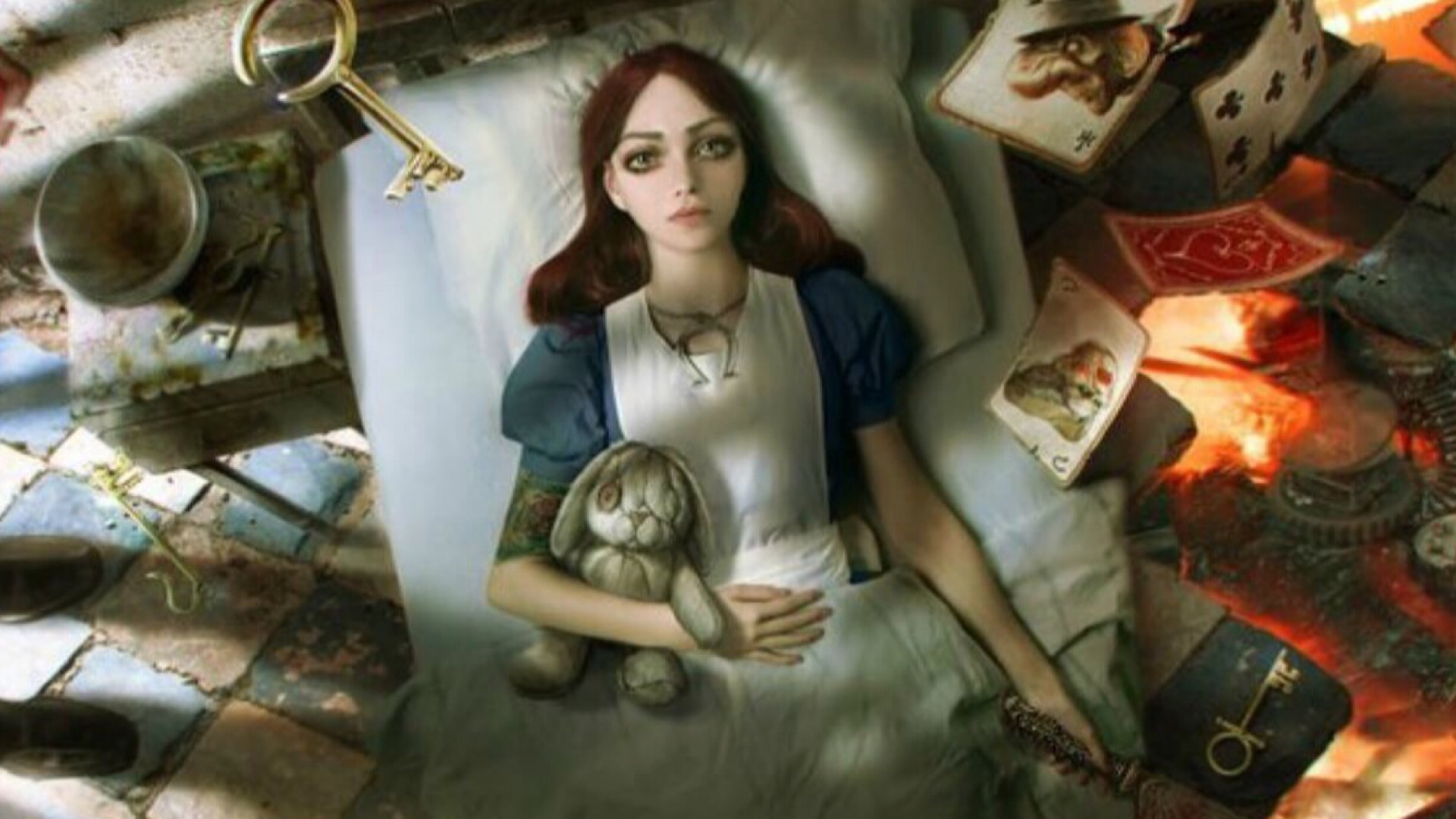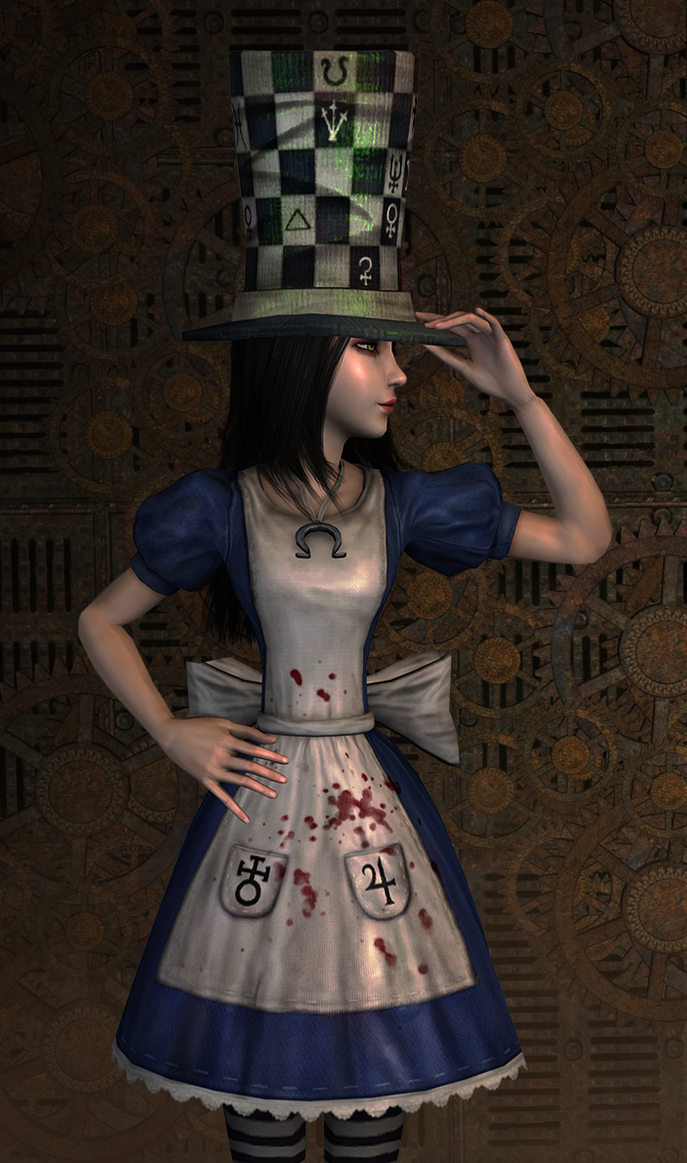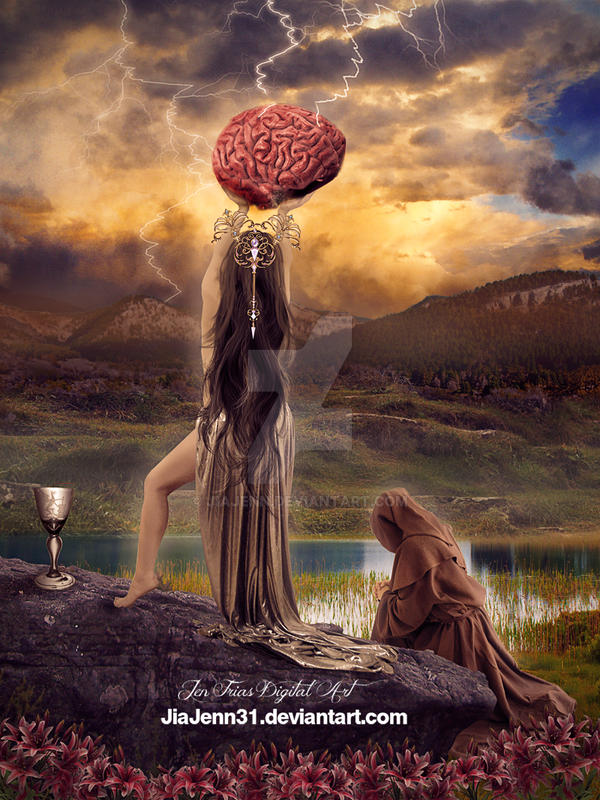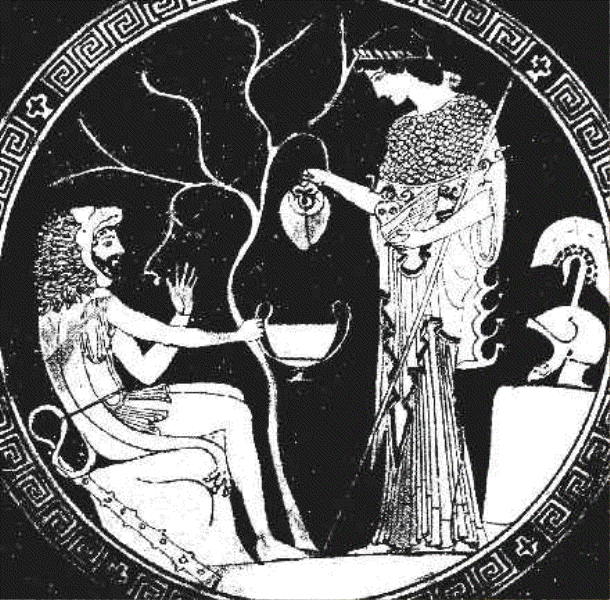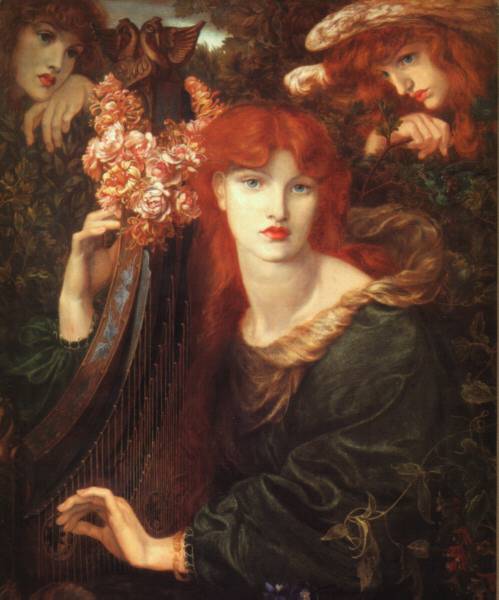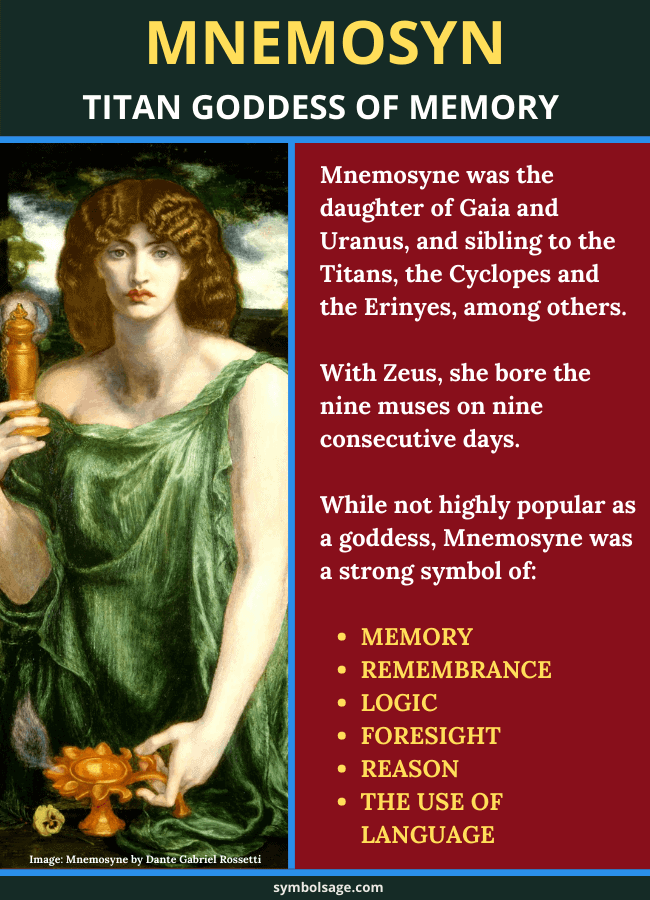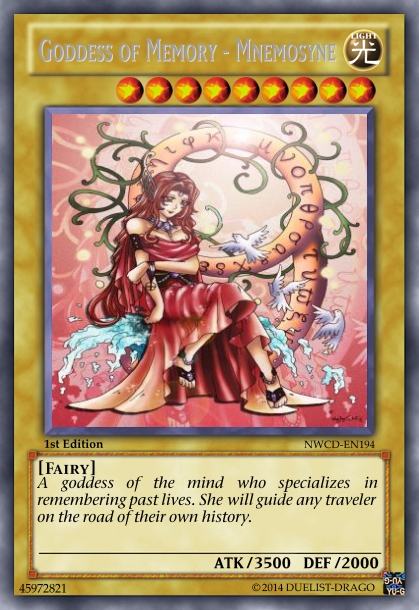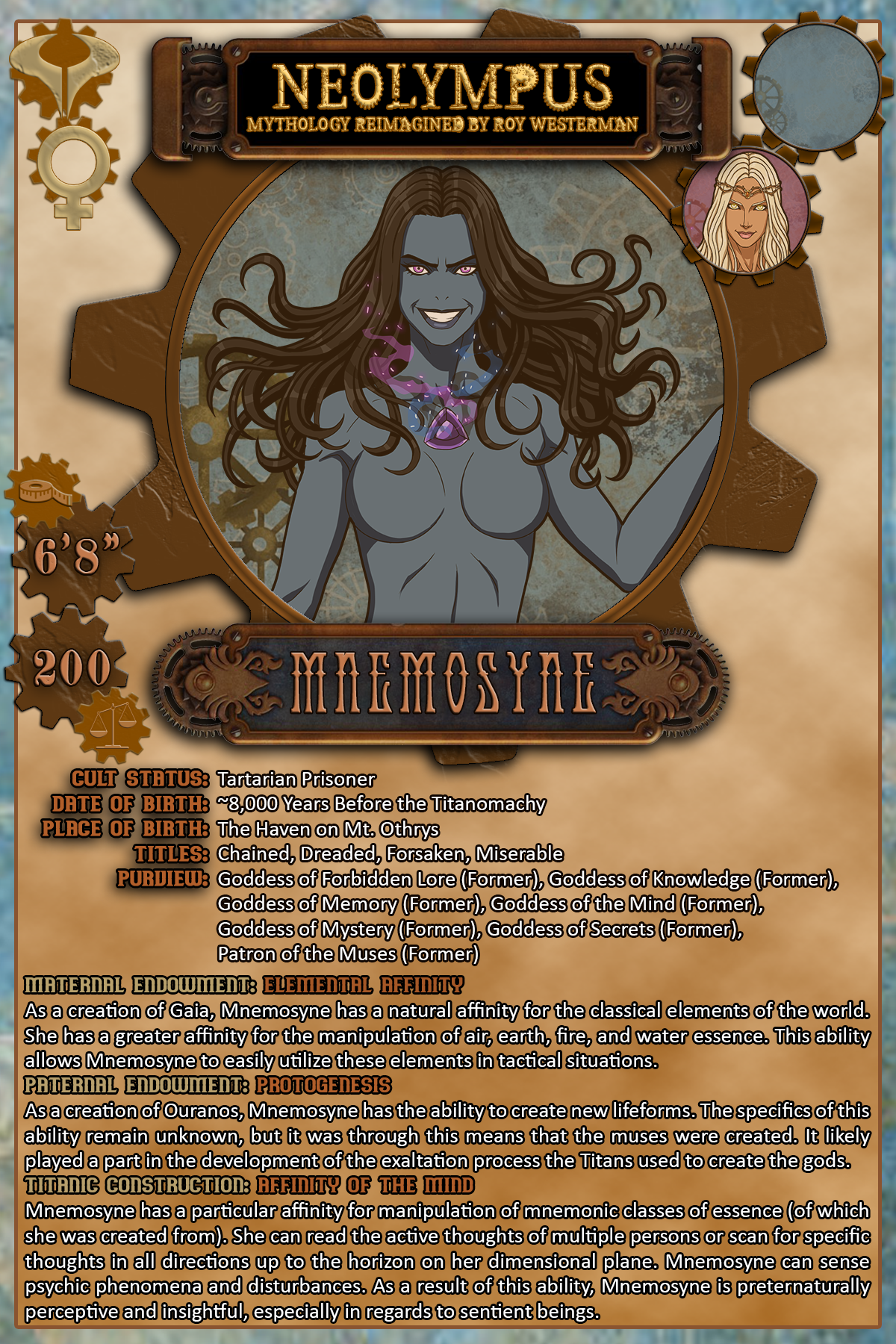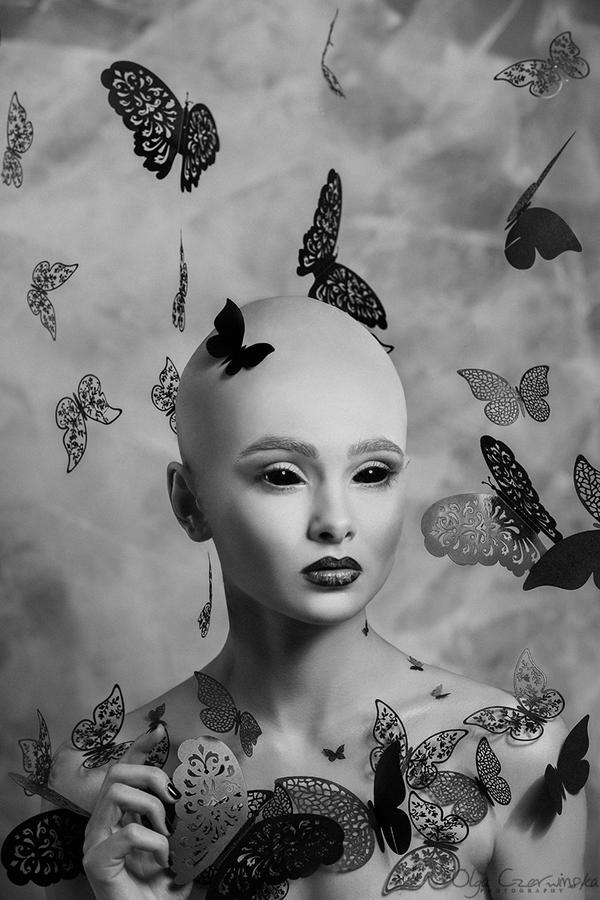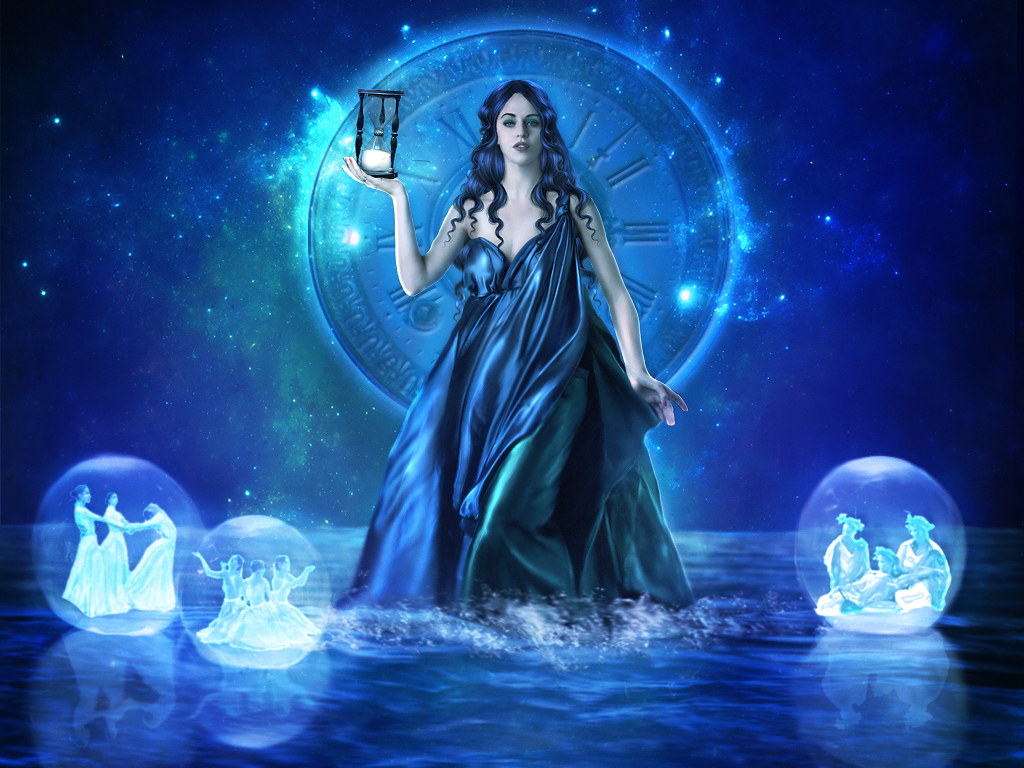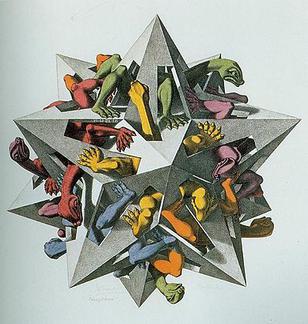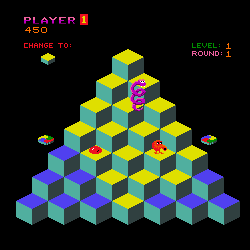This is according to Svali escaped member of the bloodline Family
DeprogramWiki Identifying and Deprogramming Undetectable Mind Controls

 svalispeaksagain.wordpress.com
svalispeaksagain.wordpress.com
-----------------------------------------------
I was looking up Alice in Wonderland imagery and I found this movie, Alice (1990). Woody Allen movie starring Mia Farrow -Woody & Mia were married and adopted 11+ children. One was a little girl, Dylan, whom Woody molested in 1992. 7 Year Old Dylan on Tape Saying Her Father Touched Her During Daddy Daughter Time
Another child they adopted, Soon Yi, he married.
They made this movie "Alice" together before that. Dylan plays Kate her daughter.
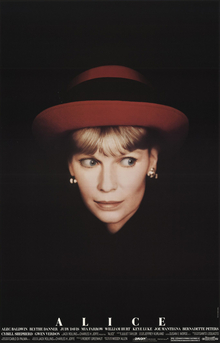
Throughout the movie the same colors and patterns show up: red, black, white, emerald green, spirals, checkerboard. The character of Alice has a sister named Dorothy.
Hypnotism, drugs,
This "herbalist" hypnotizes Alice. Like the caterpillar in the other Alice stories, this man smokes. Alice does drugs and takes a nap on the floor with another sleeping man.


In these screencaps you can see children's artwork. On the walls you an see shadows of children and drawings of witches and ghost cut outs. On the brown paper you can see a crowned person, rabbit, red queen, one eyes, and a pyramid. The camera is positioned to show Dylan? or another girls wearing green in the arms of a man. If it is Dylan this is not William Hurt. Alice and the other woman walk away leaving the girl with the man. The shadow child on the left appears to make a crown for Alice but also looks like it is coming out of her head. Checkerboard flooring and a woman with checkerboard as well as a woman in a red coat. l

Here a woman with a golden spiral pin and green gloves holds a vase that looks like a birdcage. A woman has a pin of a face radiating rays. Alice has an interesting sweater on with a palm, cat, bird, arrow, cross, and another bird on the back.

Color and pattern codes - red, black, white. Elle MacPherson on the bottom row wears red and changes into animal print.

There is a clip of Mother Teresa touching this girl.

This guy is her professor and he touches her back which freaks her out.

At the end of the movie, Alice has left her husband and is living on her own in India. Dylan is wearing a red dress, red shoes, with red handed artwork. A man with a white shirt and black bag is in the back ground with a red umbrella. There is another girl at the playground who is wearing red and black.


Other scenes featuring the same colors - red, white, black, and emerald green. Dylan wears red shoes like Dorothy.

DeprogramWiki Identifying and Deprogramming Undetectable Mind Controls
Alice in Wonderland Programming: Part 1: White Alice Programming (Trigger warning: Graphic Programming Descriptions) – Svali Blog Post 2018

Alice in Wonderland Programming: Part 1: White Alice Programming
Trigger warning: The material in this article could be very triggering for survivors of ritual abuse or mind control as it contains graphic descriptions of programming; it is best to check with you…
It is a common misconception that “hosts” or “presenters” have been protected, or have undergone less programming or trauma than other systems. On the contrary, the presentation is often one of the most extensively programmed systems in the survivor of international occultic programming. It can be some of the most difficult programming to dismantle since basically, this involves looking at their own programming.
In most international occultic groups, the child spends the first three years fulltime at a cult facility, being continuously programmed. At age three, the child will also be placed within several host families around the world. The child may grow up with anywhere from two to seven families in different countries, and will typically spend some time each year with each of these families building a “life story”. School photos are taken, and a cover identity created in the countries which they anticipate the child will be working for them as they grow older into adulthood. The families will be given photos of the child (or a look-alike) in infancy for photo albums. These host families will have programming to prevent the child and the host parents from bonding with each other, since the cult wants the child to always maintain their primary bond with the primary programmers. The true host and core will always only be allowed to bond with these programmers.
Because maintaining the amnesia between presentations, and the prevention of remembering the cult life, is such an important cult goal, there will be several programs used to keep the amnesia in place. One of the major ones is “Alice in Wonderland” which will be described here as it is used by the Jesuits. Many other international groups also use this programming, or some form of it.
White Alice, Black Alice and Crazy Alice Programming
There are often three versions of the Alice programming installed, and each will be a backup for the other, in case one fails. Each will be described separately below. “White Alice” programming is designed to ensure the “host” parts does not remember any cult activity and believe that her “ordinary memories” of life are the whole picture. “Crazy Alice” programming is designed to make the “host” parts feel like they are going crazy, be afraid of going crazy and to return to the cult for “treatment” if they start remembering what they are not supposed to. “Black Alice” programming is designed to make the “host” parts afraid that they will hurt the people around them if they remember what they were told by the cult to not remember. I will share about “Crazy Alice” and “Black Alice” programming in future articles.
If is common for members of occultic international groups to have at least one presentation that goes by the name “Alice”. This is for a specific reason: this is a trigger for Wonderland programming. The programming starts in the womb (prenatally), with the various Wonderland creatures talking to the birth mother and fetus, and with specific traumas that create the main characters. It continues during infancy. For instance, the infant will be dressed in a “Dormouse” costume, and taught to drink tea that makes him/her sleepy on command, or as a Cheshire Cat, with an outside actor modeling the role of this part.
The initial programming is continued and reinforced over the next few years in the programming studios,that have props and virtual reality films, as well as costumes and actors, until all parts for all three versions of the Alice programming understand and reliably perform their roles.
By age three, the child will be taken to a large estate in France (or, other locations, depending on the group) for the full re-enactment of Alice in Wonderland programming. This is an elaborate setup, and occurs over the period of a week. The child enters through rooms that reinforce previous training (“control the children”: is recorded and replayed, with pictures of dead children displayed on the walls of the room; mirrors, “remember the flowers” and other triggers). The child then enters a “backward world” where everything is backwards (much like the third dimension; this prepares the child for this travel). White Alice (representing the presentation main controller who is heavily demonized) is dressed in the blue dress and white pinafore, with blond hair and blue eyes, and guides the child (who is dressed in the same way) through backwards houses, where people walk and talk backwards (a common cause of childhood dyslexia is the confusion this creates).
The child is then taken to a setup street where things are not backwards, but “crooked” or off slightly, which is even more disorienting. The child must walk with the Cheshire Cat (who represents a demonic guide) leading them through houses where things are insanely wrong, where people talk nonsense, and the floors and roofs may be upside down, to teach the child not to trust reality.
The White Rabbit
The Cheshire Cat then brings the child at last to a place where they see the white rabbit (the primary trainer or bond dressed in a costume), and they follow him/her “down the hole” (representing amnesia) to a room where the presentation stays behind, watching a movie (screen memories which account for the lapse of time). Alice agrees to always follow the white rabbit, to do what he/she tells her, on pain of her/his death; because she loves this individual, she makes the promise. The white rabbit is the primary love bond in this program, and controls Alice.
The Caterpillar
After performing a sacrifice and making agreement to always forget, and only remember what they saw on the screen (videos of presentation normal memories), the child then enters a garden with animated/demonic flowers that at first talk kindly to the child, but later turn on the child and attack them. Wasps come and sting the child, and the large caterpillar (the at first kindly guardian of the garden, played by another primary bond) tells the child what to do, and how to escape. The caterpillar then blows smoke over the child, which induces amnesia, and tells her to “always remember to forget” or the primary bond will be killed. The child (playing the Alice role) agrees, and takes a bite of the mushroom offered, which represents this agreement to only remember what she is told to remember.
Jabberwocky
The child then enters a huge maze created from hedges. Soon, the child is pursued by the “Jabberwocky” (a demonic presence and strong presentation persecutor/punisher), and must rely upon their theta skills to run and escape, and even leave the body and fly away. The white rabbit and the Cheshire Cat lead the child to safety, but at times will try to “trick” the child until the child learns to rely on themselves instead of these capricious demonic “helpers.”
The jabberwocky pursues the Alice characters, and punishes them if they are “disobedient” (going off the path to investigate interesting things put to the side as tests), or if Alice ever tries to leave Wonderland. Because the presentation parts live in Wonderland, they are told to never leave, and at intervals throughout the program, they do sacrifices at altars installed at various points in Wonderland to keep the agreement going. The Jabberwocky and others are guardians of Wonderland that keep the presenters inside.
The Croquet Game
As the child goes deeper into Wonderland, they sleep frightened outdoors, running from the Jabberwocky if it comes near. As the child attempt to go through the maze, they will run across the queen of hearts (a primary double bind, often a twin sister) and her court playing croquet (with the severed heads of human children used as the balls). Hearts is the royal, or controlling, suit in the white Alice program; while spades is the ruling suit in the Black Alice (killer) program that will be addressed in another article. The queen becomes very interested in using the child’s head (the child is constantly called “Alice” throughout the setup, to represent the presentations, since Alice in Wonderland is ultimately presentation programming to remain amnesic and rely on demonic help to do so). Alice is very frightened, and this trauma is used to reinforce her obedience and amnesia.
Valley of Shadow of Death
The demonic Cheshire cat helps to “rescue” the child, leading her away through a hole in the hedge. Alice then follows the cat, and goes through the “valley of the shadow of death.” The valley goes into a deep forest, is quite dark and frightening, and the child by now is hungry, frightened, and hearing terrible noises. In the middle of the woods is a cottage; it is now nighttime, and the weary child knocks at the door, to be greeted by a kindly woman. The child is fed, sleeps, and is warned to avoid the Jabberwocky, which seeks to kill the child.
During the night, the kindly woman gets up. The child is awake, vomiting from the effects of a mild poison they were given in the food. The woman calls in her familiars (wolves) and tries to kill the child, who cries out for help to the “Cheshire Cat” to rescue her. A mage (spiritual person) also comes and helps rescue the child, who continues the journey, meeting other characters.
Palace of Hearts
Finally, the child ends up at the palace of the Queen of Hearts, who demands a sacrifice (the child was already told that the last child to complete the Alice scenarios will be her sacrifice). The children who live watch the final child come in; this child was “too slow” and is sacrificed in a ritual. This reminds the children to never be slow or tardy when coming to a “party” (ritual) or event. The “parties” in the Alice in Wonderland books are always referring to rituals.
The King and Queen of Hearts are individuals the child loves very much and has been bonded to. They often represent a twin or beloved brother and sister; or beloved cult parents. The love bond is represented by the heart, with the understanding by the child that if he or she ever remembers, and the amnesia breaks, these individuals will be killed. During one installation of the programming, the child is invited to break the Wonderland programming, and she or he sees a mock killing of their King or Queen of hearts.
The Tea Party
The tea party is an important component of the amnesia programming. Internally, the presenters and other characters are always at a continuous tea party to reinforce the amnesia programming. The script often goes as follows:
The tea party is presided over by Alice’s mother (a cult mother; the mother is called Mnemosyn, or the demon over amnesia by the Jesuits). This part becomes a strong amnesia controller. As the tea party progresses, to the child’s horror, one by one, the people at the party (who are doubles of people they love deeply; including their presentation mother, father, sisters, brothers, and loved ones in the cult) are killed in horrendously gruesome ways.
The horrified Alice is reminded by Mnemosyn that “everything is fine” and is told to “let me take care of everything” and asks Alice to give her the memories. If Alice agrees, Mnemosyn then “takes away” the memories of the murders and sacrifices, and the dead characters are removed one by one; and replaced with living ones. Finally, there are no bodies left, and Mnemosyn assures Alice that “nothing bad ever happened.”
The various characters at the tea party have control over the presentation amnesia in different ways.
Dormouse: The Dormouse is a small child/toddler who constantly falls asleep (presentation sleep programming, to fall asleep on cue), and believes that “nobody loves me, everybody hates me” (a rejection program). Dormouse believes she/he can only be happy if the child falls asleep on cue, when the child then experiences “happy” dreams.
Mad Hatter: The Mad Hatter will contain numerous scripts to reinforce amnesia and dissociation, including anti-healing scripts, scripts that the individual can “never get away” from the group, and the belief that the universe is “crazy” and without meaning, and will often punish the others sporadically. His role is to make the presentation feel nervous and anxious if they start remembering things, and to punish.
The White Rabbit: the Rabbit asks Mnemosyn for tea, and to serve it to the parts at the party, which is a cue for amnesia; as long as the characters are drinking tea (which contains a drug that brings bliss and forgetfulness). He works in tandem with Mnemosyn to keep the amnesia party going on, with the reinforcement of agreements to never remember by the presentation controllers at the table.
The Teapot: In the physical setup, there are two teapots; one is where the Dormouse sleeps, and the other is continuously pouring tea out to continue the amnesia (the two are the same in the VR version). At times, the tea contains the blood from various rituals and sacrifices conducted and performed by the presentations to seal the amnesia program.
March Hare: this is the representation of insanity programming, with the threat that if the amnesia breaks and the “host” remembers, they will become “mad as a March Hare”. The hare does terrible things to the other characters, acting insane, throughout the party.
The Jabberwocky often visits at intervals and comes to the edge of the table, and is thrown bits of food (including sacrificial body parts) to keep him happy; he then goes away. Mnemosyn, Alice and the White Rabbit take turns feeding the Jabberwocky.
These are some of the characters at the tea party; others also come and join in.
Working with the Parts
When working with these parts, it is important to realize that these are the individual’s presentation controllers. Breaking the program will often create great anxiety in the presentation, because the individual is “breaking the rules” and fears retaliation both for themselves and their loved ones.
The greatest fear is that the individual will “go insane”, which is triggered by the Crazy Alice program (a backup if the main Alice program starts to fail; this will be discussed in another blog). It can help greatly for the individual to realize that these feelings are normal, and that they will not “go crazy” or “become homicidal” (due to the Black Alice program, which will also be discussed in another blog). They may also fear their own murder (in one tea party script, a double of the individual is killed at the table for remembering to install the implicit fear).
It can help if the individual understands that they really can break this program and heal; that the characters do not have to keep continuing doing their old roles, and they can break out of Wonderland. Wonderland is controlled by spirits of delusion, denial and amnesia, and removing the spiritual (which will drive the program) while helping the human parts heal from their traumas is important. Kronos, or the timekeeper, will sit over the Alice white system, covering for any lapses or lost time (this is installed with a huge clock, with an infant sitting on each hour; the time hand slices the infants unless Alice can make time go faster, slow down, or “skip” the infant). Kronos oversees this sense of the elapsing of time, in tandem with the other characters.
It is important to get to know each of the characters in the program, and listen to them. They will have reasons for doing the jobs they are doing, and these are often based on trauma, including very early (infant or prenatal) trauma that has been reinforced and layered upon over the years.
Hearing their traumas, comforting them, and providing validation and relationship will help these parts to decide to leave their old “jobs” inside. Once they do, the whole system will benefit greatly. It takes time and safe relationships to heal this type of programming, and for parts to make the decision to give up their amnesia and agreements to forget. These agreements are based upon deep love for individuals they were bonded with, and these bonds must also be addressed in order to give up these agreements.
-----------------------------------------------
I was looking up Alice in Wonderland imagery and I found this movie, Alice (1990). Woody Allen movie starring Mia Farrow -Woody & Mia were married and adopted 11+ children. One was a little girl, Dylan, whom Woody molested in 1992. 7 Year Old Dylan on Tape Saying Her Father Touched Her During Daddy Daughter Time
Another child they adopted, Soon Yi, he married.
They made this movie "Alice" together before that. Dylan plays Kate her daughter.
"Alice Tate, mother of two, with a marriage of 16 years, finds herself falling for handsome sax player Joe. Stricken with a backache, she consults Dr. Yang, an Asian herbalist who realizes that her problems are not related to her back, but in her mind and heart. Dr. Yang's magical herbs give Alice wondrous powers, taking her out of her well-established rut. "

Throughout the movie the same colors and patterns show up: red, black, white, emerald green, spirals, checkerboard. The character of Alice has a sister named Dorothy.
Hypnotism, drugs,
This "herbalist" hypnotizes Alice. Like the caterpillar in the other Alice stories, this man smokes. Alice does drugs and takes a nap on the floor with another sleeping man.


In these screencaps you can see children's artwork. On the walls you an see shadows of children and drawings of witches and ghost cut outs. On the brown paper you can see a crowned person, rabbit, red queen, one eyes, and a pyramid. The camera is positioned to show Dylan? or another girls wearing green in the arms of a man. If it is Dylan this is not William Hurt. Alice and the other woman walk away leaving the girl with the man. The shadow child on the left appears to make a crown for Alice but also looks like it is coming out of her head. Checkerboard flooring and a woman with checkerboard as well as a woman in a red coat. l

Here a woman with a golden spiral pin and green gloves holds a vase that looks like a birdcage. A woman has a pin of a face radiating rays. Alice has an interesting sweater on with a palm, cat, bird, arrow, cross, and another bird on the back.

Color and pattern codes - red, black, white. Elle MacPherson on the bottom row wears red and changes into animal print.

There is a clip of Mother Teresa touching this girl.

This guy is her professor and he touches her back which freaks her out.

At the end of the movie, Alice has left her husband and is living on her own in India. Dylan is wearing a red dress, red shoes, with red handed artwork. A man with a white shirt and black bag is in the back ground with a red umbrella. There is another girl at the playground who is wearing red and black.


Other scenes featuring the same colors - red, white, black, and emerald green. Dylan wears red shoes like Dorothy.

Last edited:



